-
Car Reviews
- Car News
-
Car Comparisons
Latest comparisons
- Chasing Deals
Rapidly approaching its tenth birthday and with no confirmed replacement, is Mazda’s best-selling CX-3 city SUV still worth considering?
Almost a decade ago, I found myself piloting the then brand-new Mazda CX-3 baby SUV. Straight away I declared it’d sell like cold beer at a hot footie ground, helped by a sub-$20,000 starting price, sharp good looks and fun-filled drive experience.
Now almost a decade later, I’m glowing with smugness as my 2015 prediction remains true today. Based on the little Mazda 2’s underpinnings, this CX-3 has been Australia’s best-selling light SUV ever since its introduction.
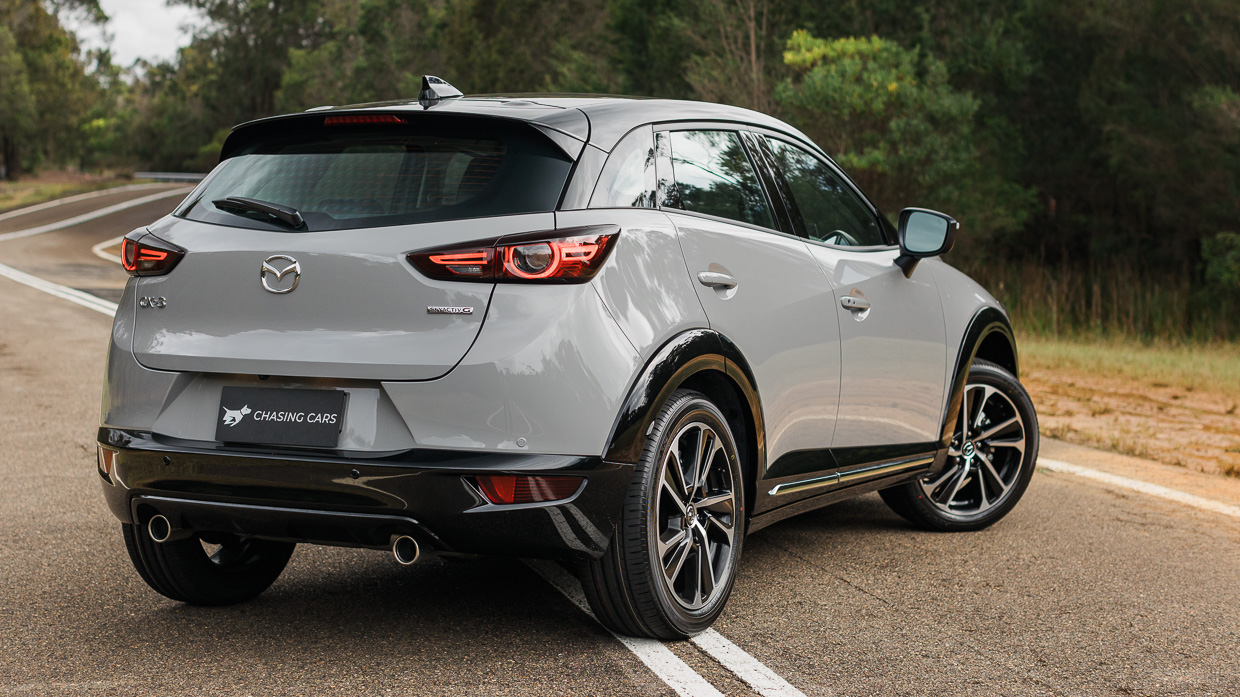
Actually, it’s been giving city SUV rivals a decent sales kicking for nine years straight, including the far newer Toyota Yaris Cross, Kia Stonic and Hyundai Venue.
While we’re dishing out praise, it’s also Mazda’s third best-selling offering in its line-up, behind only the evergreen CX-5 midsize SUV and BT-50 ute.
But it’s old. Really old in SUV terms. If a new generation were coming we’d have long ago expected teases. But like the little Mazda 2 hatch and sedan, try to find information about a new one and you’ll only hear crickets.
The CX-3 was pulled from the US and Europe in 2021 – the larger CX-30 dominates there – and as much as Mazda Australia wouldn’t want to go without, if Japan won’t make a new CX-3, there’s little to be done.
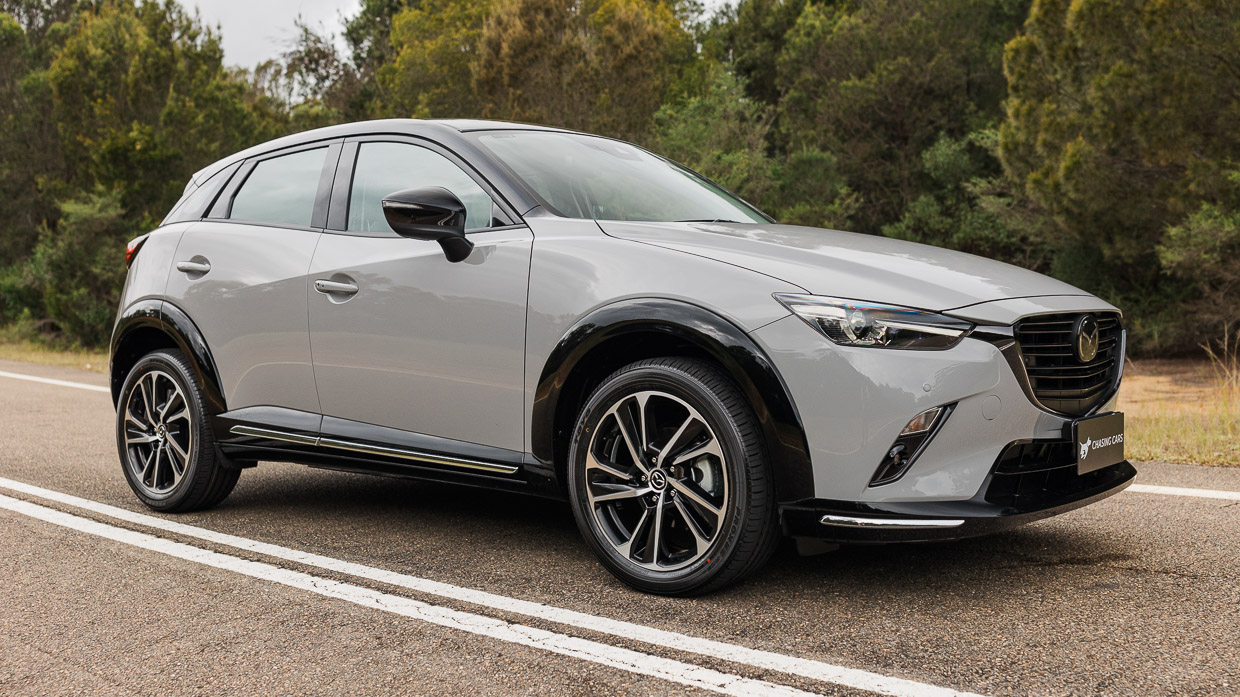
So, let’s celebrate and enjoy the CX-3 while we still have it.
That sub-$20k price is long gone. For the 2024 model year Mazda removed the cheaper manual gearbox option (at the same time dropping AWD versions as well), so it’s now $26,950 for an entry-level CX-3 Sport.
You can just drive away one of these tiddlers for under $30,000 with Mazda’s current $29,990 drive-away offer on the Sport. It’s a blow to new car buyers on a budget, as entry price is now up $3400 over 2023.
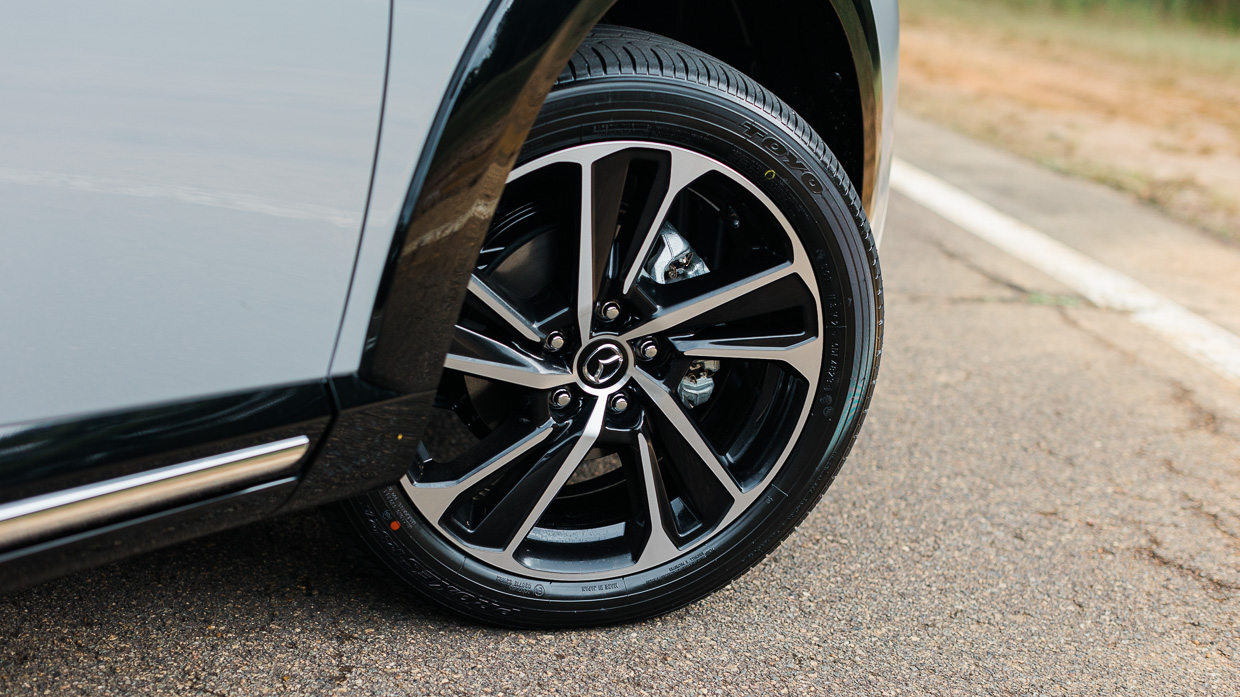
There’s a niche group of buyers that absolutely want something as small as a CX-3, but demand a luxury fit and finish. No prestige brand plays in the light SUV space (though the Audi Q2 is an honorary mention), so high grade versions from everyman brands must fill the vacuum.
Here’s where our luxe CX-3 Touring SP comes in. It and the Akari grade above it bring serious sumptuousness to the class. It may be around $38,500 on the road, but if you like a true leathery cabin, faux suede trim, electric memory seats, and decent safety inclusions, it’s the pick.
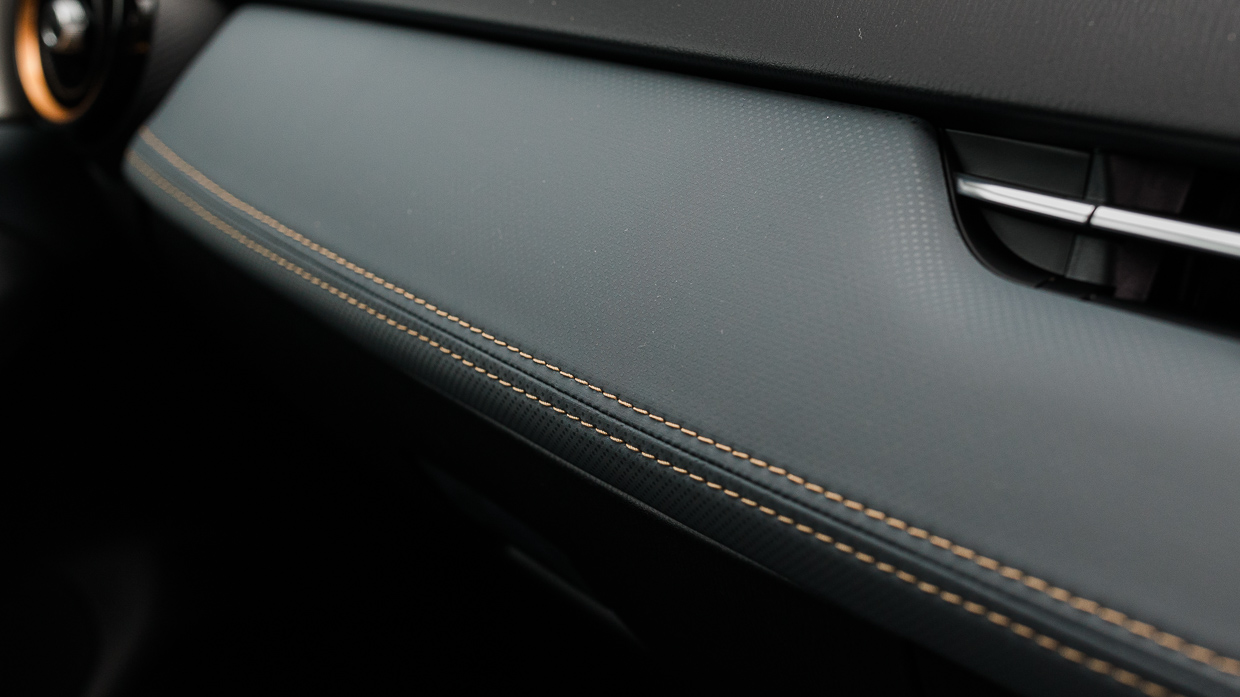
Unfortunately, Mazda’s dropped the ‘LE’ Akari grade, where you lorded it up with fancy Nappa leather.
But is the elderly CX-3 still worth considering? The almost 16,000 Aussies who bought one last year think so. And can you really justify the CX-3 Touring SP’s asking price, when similar coin sees you into a larger, more mature Mazda 3 in the same grade? Or, for that matter, the larger and newer CX-30 SUV in Evolve grade?
The CX-3 range was given a serious haircut last year, its 13 variants dropping to just five. At least it simplifies things, and leaves us only with six-speed auto gearbox-equipped front-drive models. All share the same Skyactiv-G 2.0-litre non-turbo four-cylinder, good for 110kW and 195Nm.
Before on-roads, the entry-level Sport is $26,950; Pure is $29,450, Evolve $31,200, Touring SP $34,450 and our Akari $38,770.
Standard inclusions from entry level are:
Hop in the Pure and it adds:
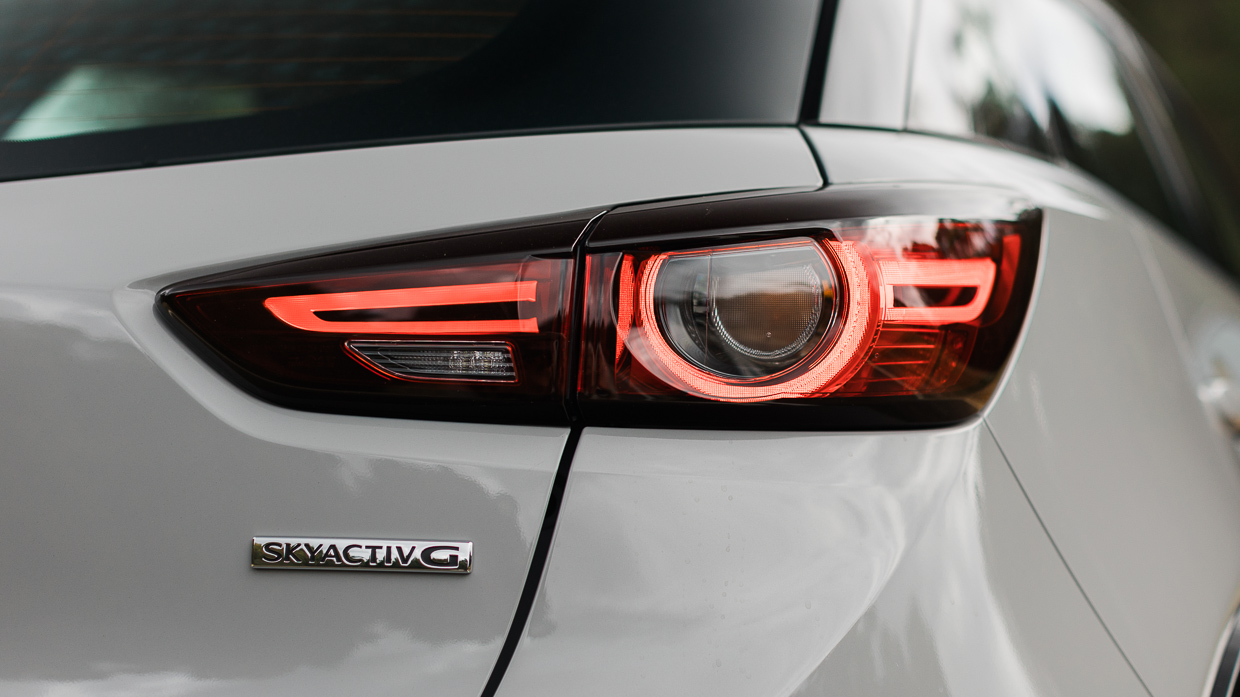
The Evolve brings:
Our Touring SP adds:
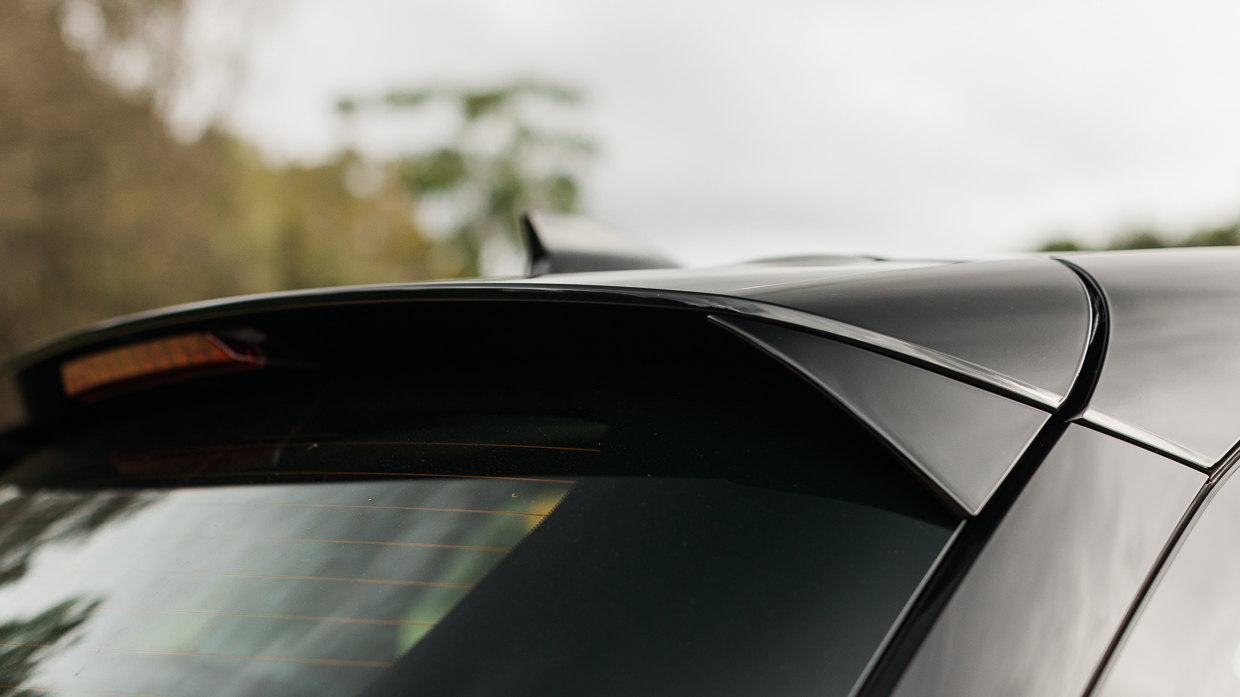
Flagship Akari adds:
The only additional extra is paint. White Pearl, Black Mica, Platinum Quartz metallic and Aero Grey metallic are free, but Machine Grey metallic, Polymetal Grey metallic and signature Soul Red Crystal metallic cost an extra $595.
Even if the CX-3’s getting on a bit, that Soul Red Mazda paint still looks as fresh today as it’s always done. It remains the dashing choice of hue next to the overly monochrome alternatives.
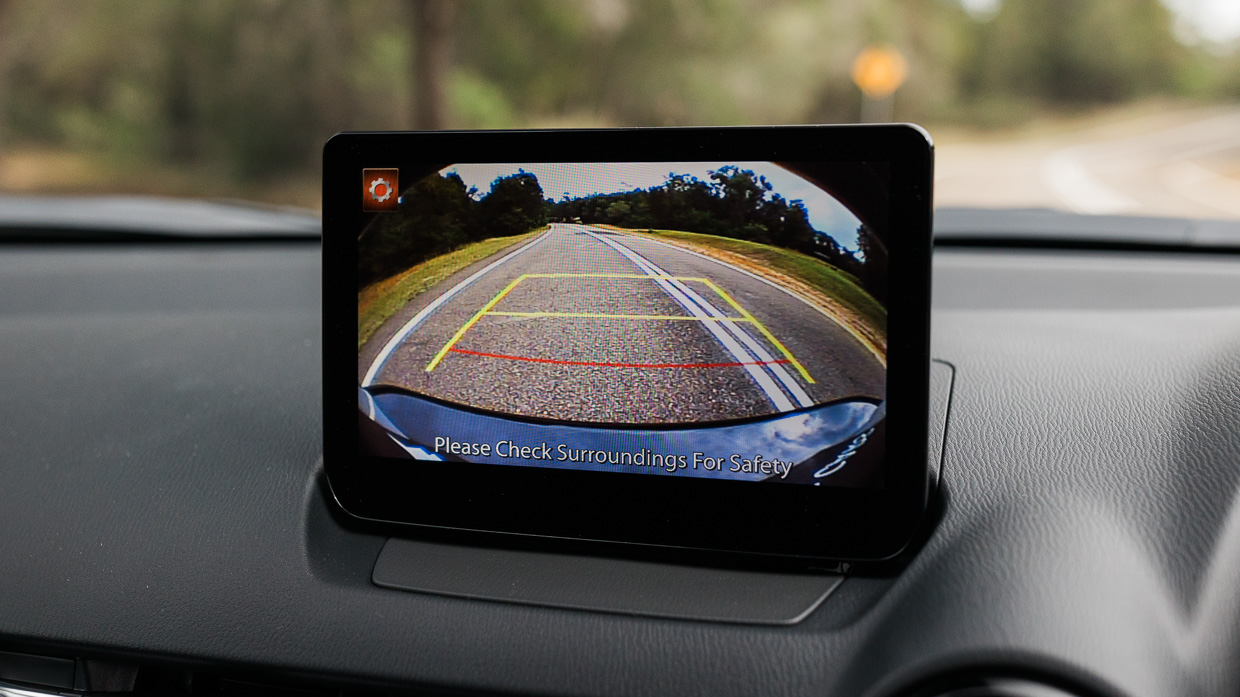
Safety features are covered in the section below, but there are some modern niceties unavailable on any CX-3.
You’ll not find any paddle shifters for the auto gearbox, a digital driver display, wireless phone charger or automatic tailgate. All have become commonplace these days.
Even before hopping in, the attractive CX-3 looks like a car you want to have some fun in. Its styling, which has enjoyed a few tweaks over the years, has held up well. It’s sleek, handsome and free from superfluous creases and edges.
The black and silver alloys, glossy lower trim and sexy twin exhaust exits well suit urban life.
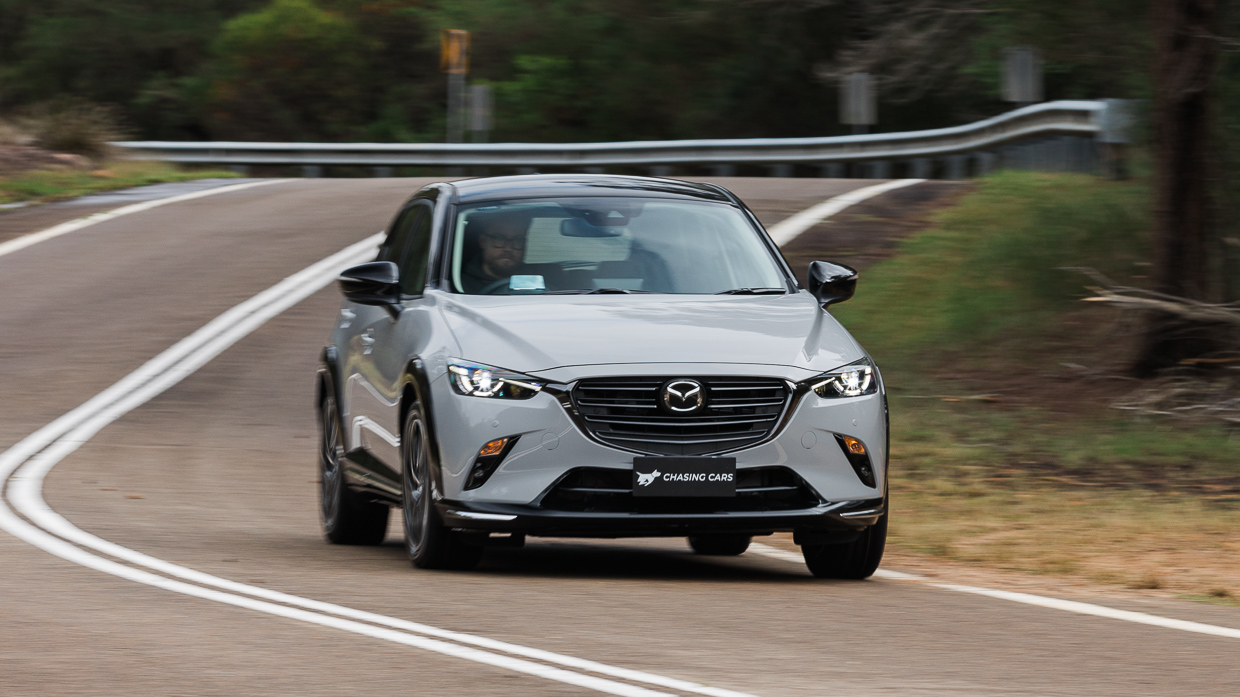
Which is exactly where you want to drive a CX-3. Its diminutive dimensions compromising its cabin reaps rewards when navigating the urban snarl. It’s an utter joy to swiftly manoeuvre in tight areas, while you’ve no qualms attempting to squeeze into tiny parking space. This is a properly titchy city SUV.
Overall ride quality’s good, but it doesn’t enjoy chopped up road surfaces. Damping’s on the firm side, and skinny tyres over 18-inch alloys don’t help matters. Just when this starts grinding your gears, there’s a smooth city street and all feels wonderful.
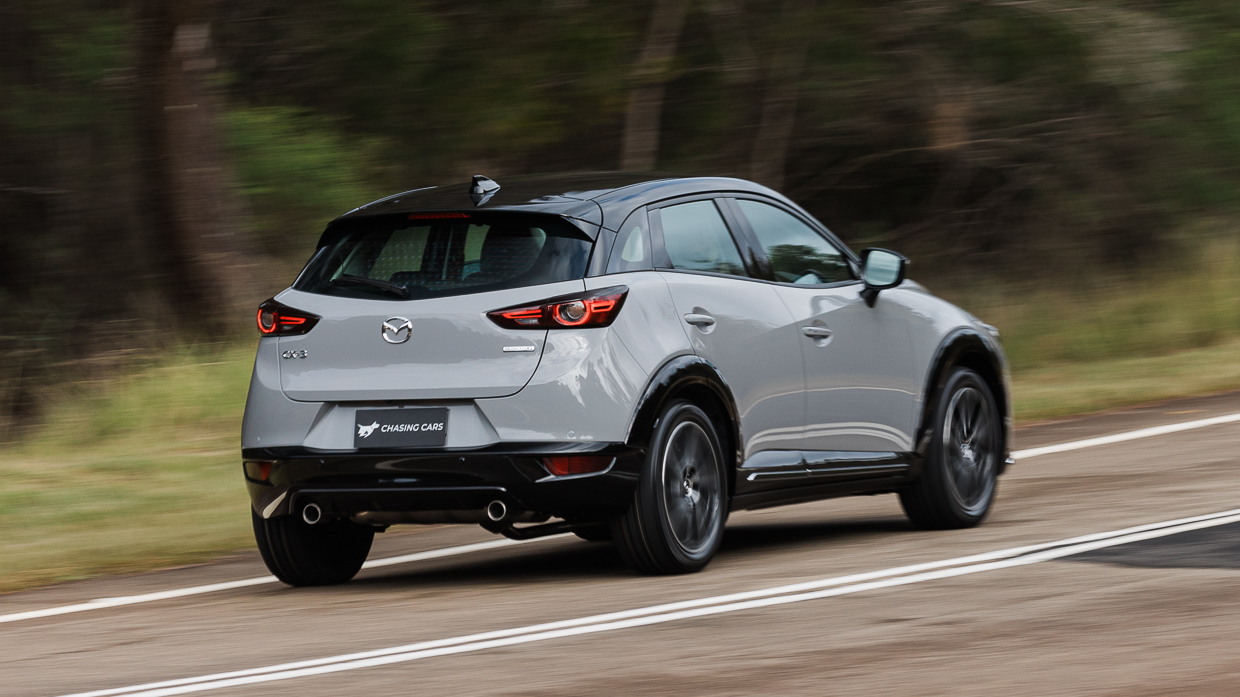
There’s a sporty edge to the CX-3, always has been, so it loves quick changes of direction and the steering has a sharp, weighty feel.
Cabin noise plagues the CX-3 once up to speed – a hangover from its Mazda 2 roots. At 110km/h it feels stable and composed, albeit too noisy. Its radar cruise control works well, and for speed monitoring there’s an odd little plastic pop-up display in lieu of a proper windscreen head-up display, which to its credit is very clear.
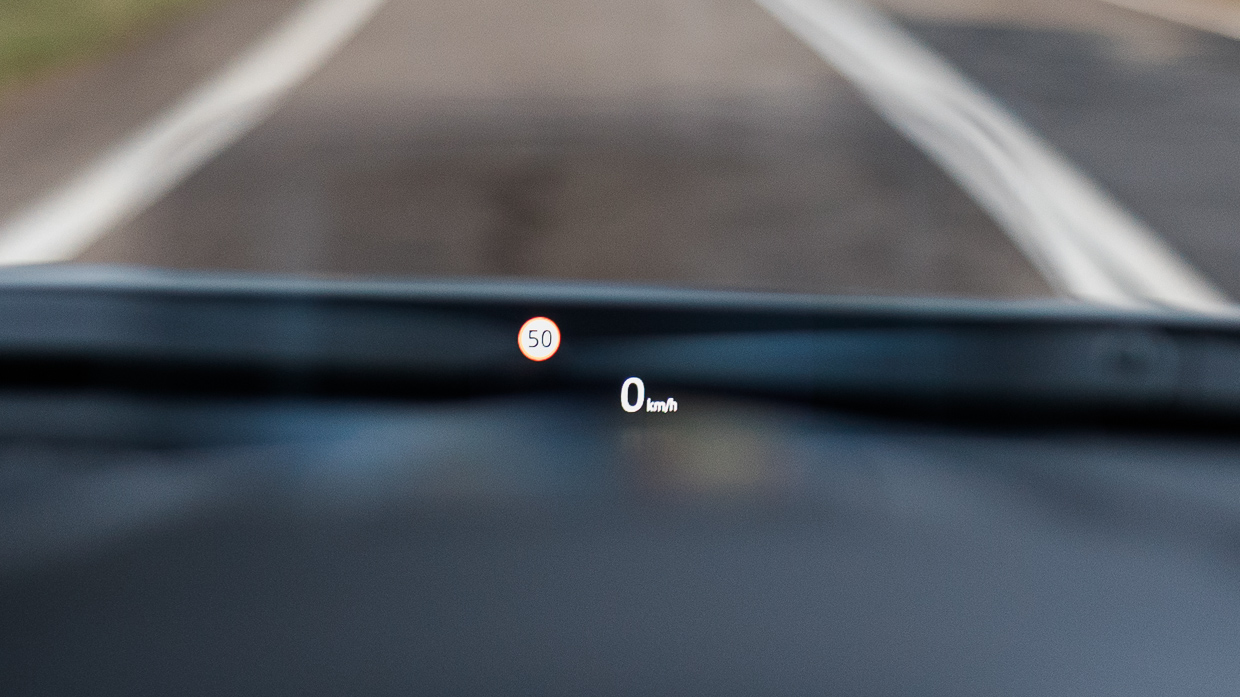
Here’s the thing. Find a good twisty road and this little CX-3 is damn good fun. It has a simple torsion beam rear end, but it’s such a light vehicle (1306kg) and with very un-SUV-like ground clearance (145mm with driver on board) that it handles much like a little hatchback.
There’s a bit of body lean, but it handles well, the tyres hang on for grip and there’s a neat sense of balance if you swiftly change direction.
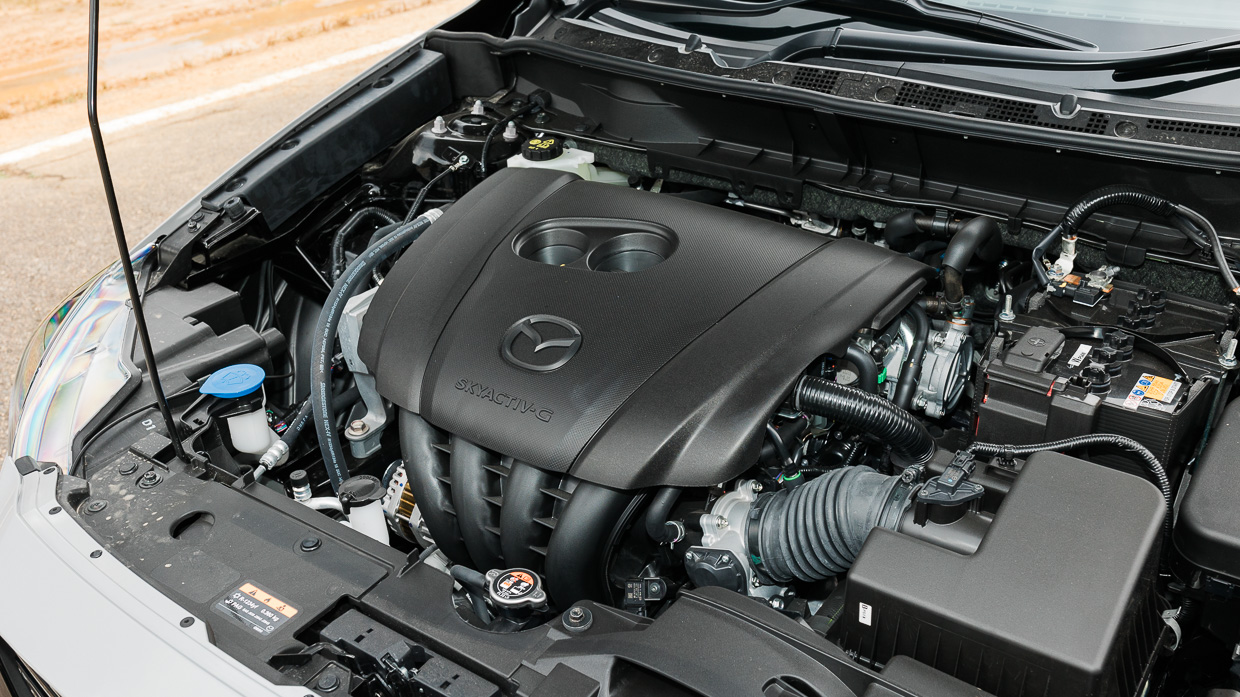
It’s here the 2.0-litre four-cylinder feels happiest, too. With no turbo to call upon, the 195Nm peak torque doesn’t arrive until 2800rpm, while the maximum 110kW isn’t there until 6000rpm.
Move into Sport mode and gears are held longer, meaning throttle response is great when you’re playing in the higher rev ranges.
Shame they dropped the manual gearbox because it’d make best use of the engine here (okay, nobody was buying it anyway), but at least for these higher grade CX-3s paddle shifters should be included for a dash more engagement.
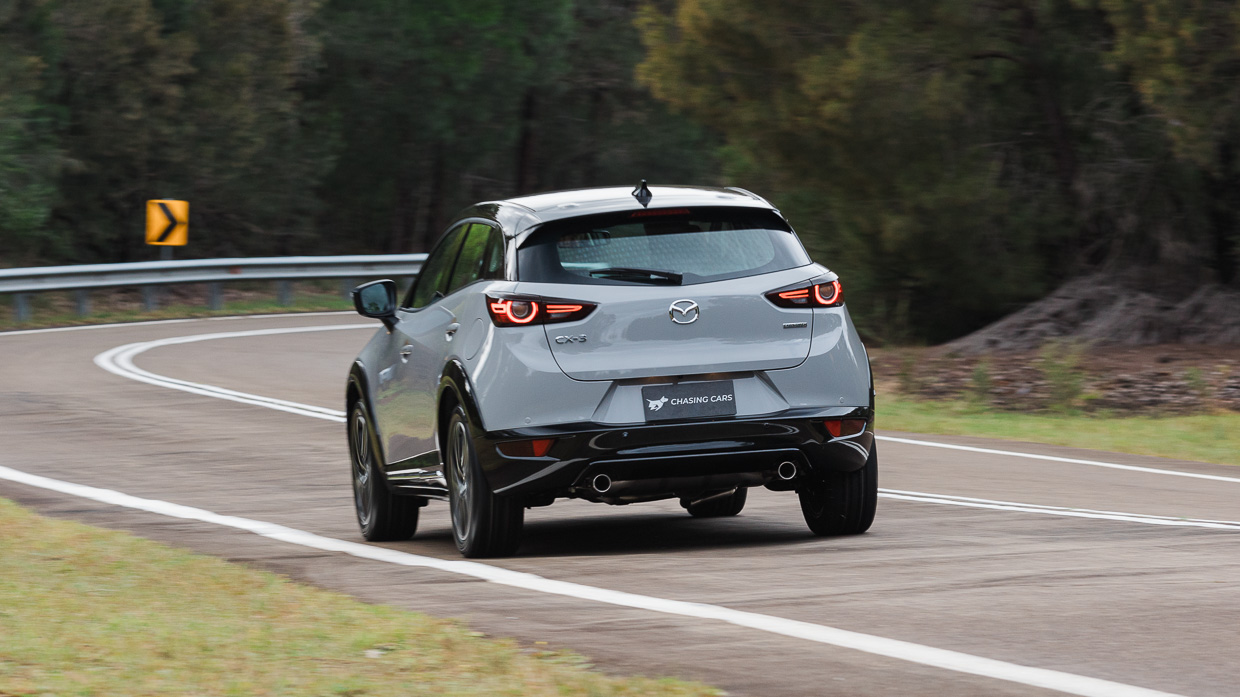
Around town you miss the low-down torque of a small turbo engine. The Volkswagen T-Cross and Ford Puma light SUVs (both three-cylinder 1.0-litres) make good use of them, and reap economy benefits too.
In contrast, demand performance too quickly and the Mazda four-cylinder gets too shouty and slurps down unleaded.
That said, many will appreciate the old-school feel of Mazda’s naturally aspirated 2.0-litre. Not least due to the seamless, easy work performed by its six-speed torque converter automatic. Blessedly, no stuttering jerky dual-clutch transmission here, nor a lifeless CVT auto.
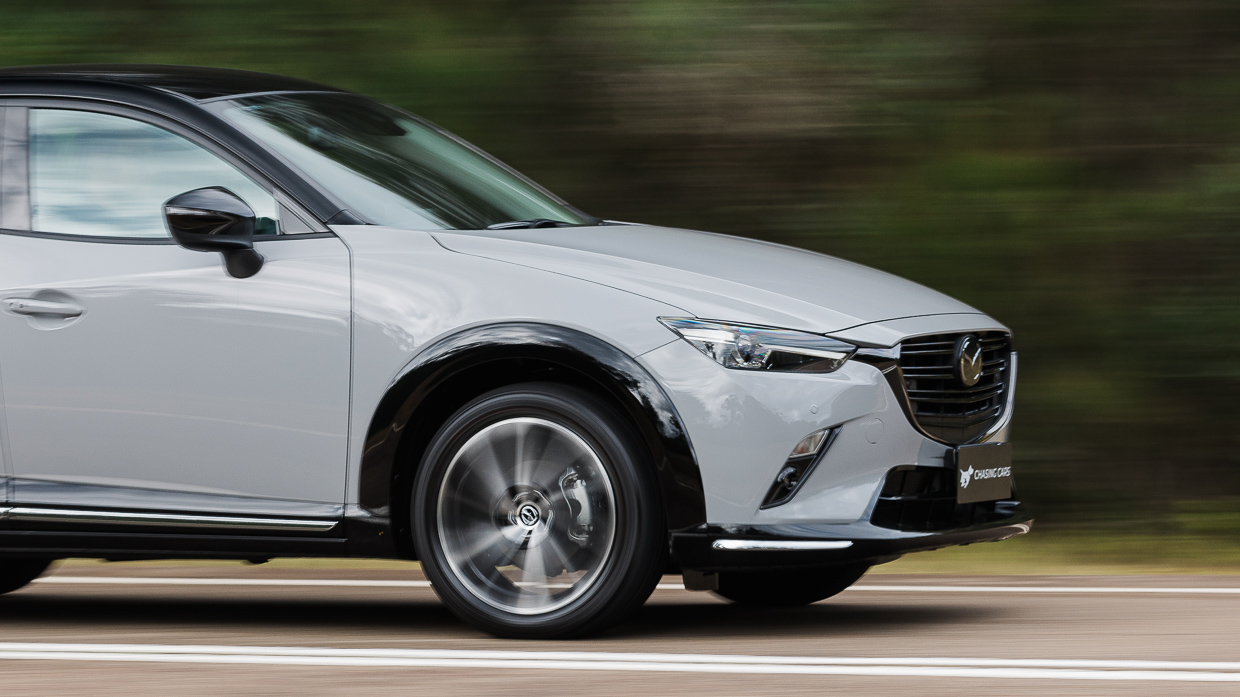
The CX-3 may be fun, but to drive, for close to the same price, a Mazda 3 is leaps ahead. A 2.0-litre G20 Touring with 114kW and 200Nm is priced almost lineball with this CX-3 Touring SP, handles superbly and does a great job of noise suppression.
If you really don’t need the (slightly) higher ride height of an SUV, make sure you test the Mazda 3 hatch or sedan while sampling a CX-3.
It’s cosy. That’s the nice way of telling it.
If you’re shopping for a light SUV, space isn’t a key priority. Many buyers will be empty nesters, singletons or first car buyers intent on SUV style, and likely won’t often be using rear seats.
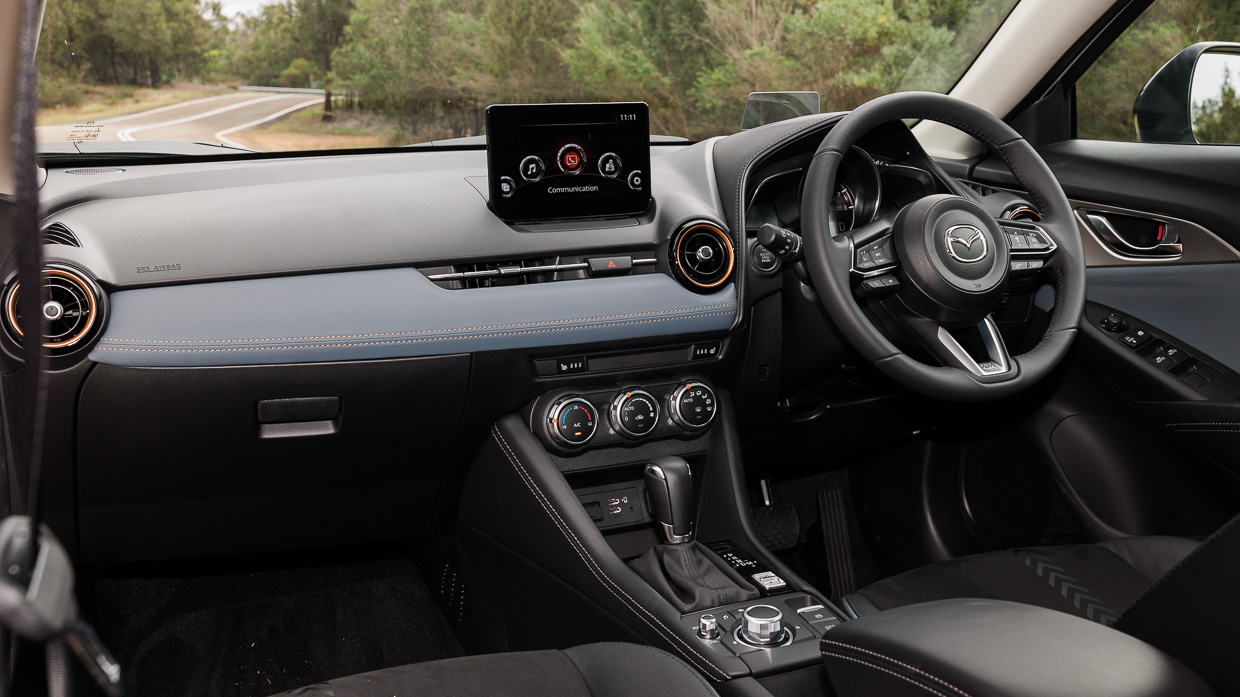
That’s a good thing, because they’re comically cramped. Okay, head room’s acceptable – even for a six footer like me – but leg and toe room had me pinned in.
No air vents, no USB ports, rather plasticky doors and claustrophobia-inducing visibility would have me grumbling on any journey over a few kilometres.
At least there’s a fold-down centre armrest keeping things humane in the back.
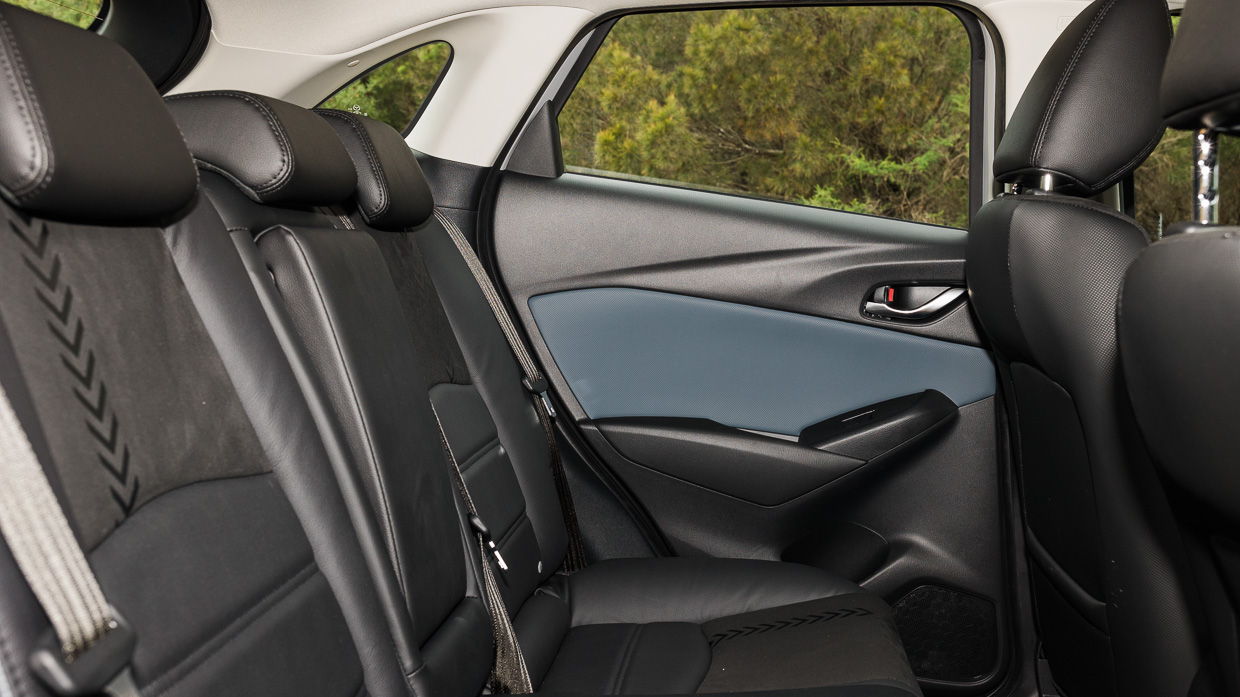
While we’re talking size, we must address the boot’s lack of it. There’s just 264L on offer (the Akari’s is an even smaller 231L thanks to its boot-mounted Bose subwoofer), which is small even for the light SUV class.
Rivals such as the Volkswagen T-Cross and Renault Captur offer around 200L more by offering sliding rear seats.
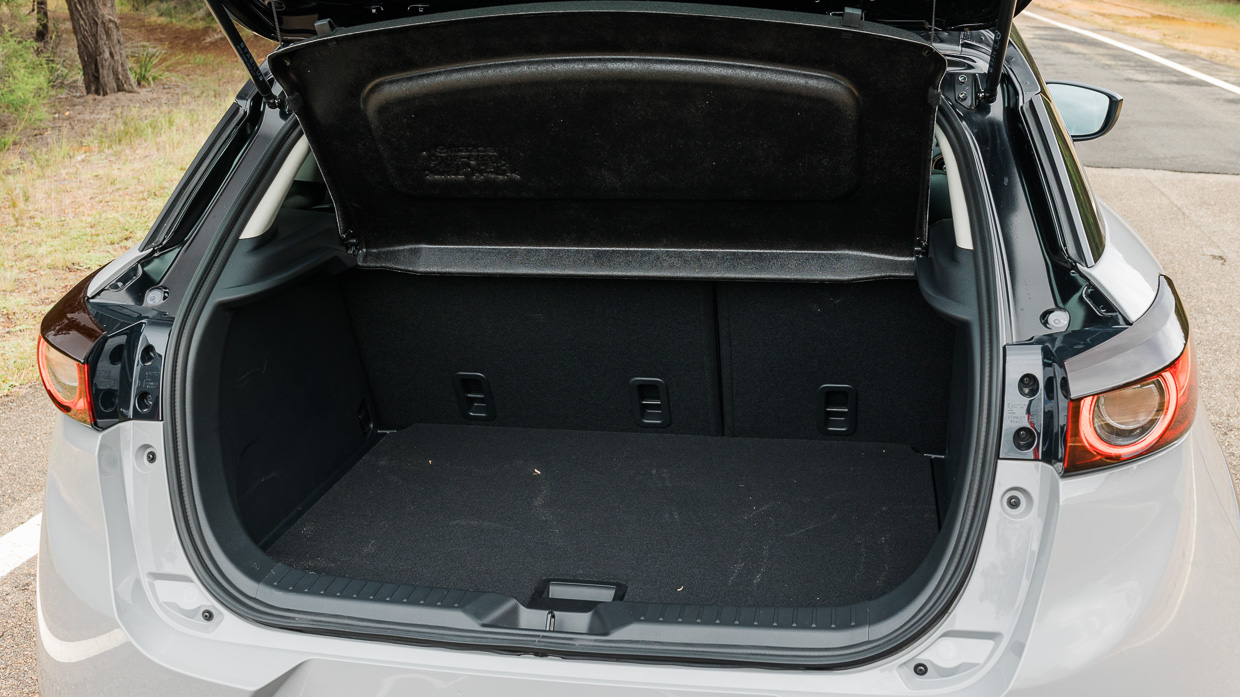
Using the CX-3 as a family car for a week (two kids, schoolbags, sports kit, musical instruments, etc), such boot space made life difficult. I assured my dear wife these CX-3s have about double the cargo space of Mazda’s MX-5, but she remained unimpressed.
But as discussed, most CX-3s will never have more than two people inside. With that being the case, with rear seat backs folded there’s a heftier 1174L to use. Fun fact: that’s more than a Toyota Land Cruiser 300’s boot with five seats up.
Front seat life is more accommodating. You climb into a CX-3 and it’s beautiful in its simplicity, unfussy design and overwhelming sense of being well put together. If you’re a buyer not dazzled by the latest widescreen infotainment, digital dashboard and disco of ambient lighting, this little SUV’s a lovely cabin to work in.
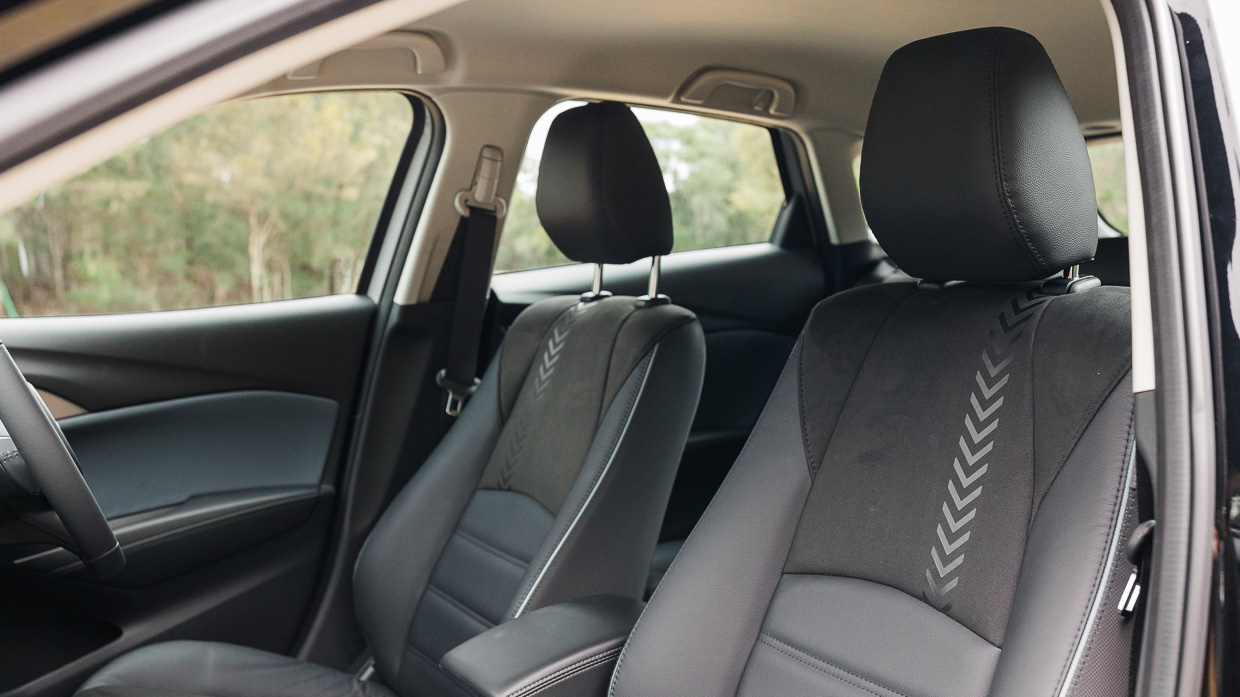
Visibility’s fair, and seating position and how the controls fall into your hands feel spot-on. But if you were hoping for above-the-traffic SUV ride height, you’ll be disappointed.
But key for those with mobility issues, it’s easier to climb into than, say, the drop down into a Mazda 3’s seat. We can’t overlook how important this is to large swathes of Aussie buyers.
The real leather seats with faux suede base and tops have a nice, comfy feel, but the Touring SP’s cabin colour choice begins and ends with black and grey. It’s a bit austere, but at least bands of orange around lovely circular air vents, orange stitching and grey/blue dash and door panels add a bit of contrast.

I’m a big fan of the Evolve grade’s white and tan leatherette and suede, but accept keeping it clean won’t be fun.
There’s a blend of soft and hard plastics, and the latter feel too cheap for something costing almost $40k on the road. The 8.0-inch infotainment screen looks dated being stuck on the dash rather than integrated, while Mazda’s operating system is another element showing its age.
The wireless Apple CarPlay works well, but no touchscreen operation when driving (you must use the rotary dial) proved a constant frustration. Android Auto, incidentally, is wired only.
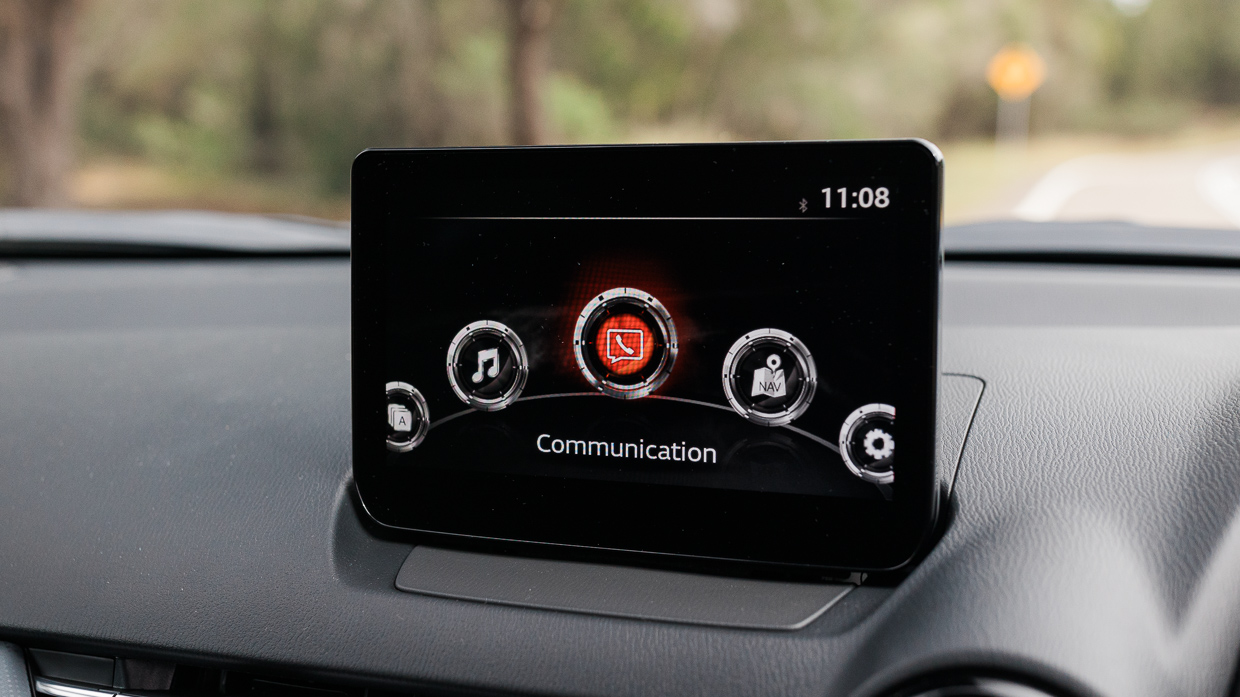
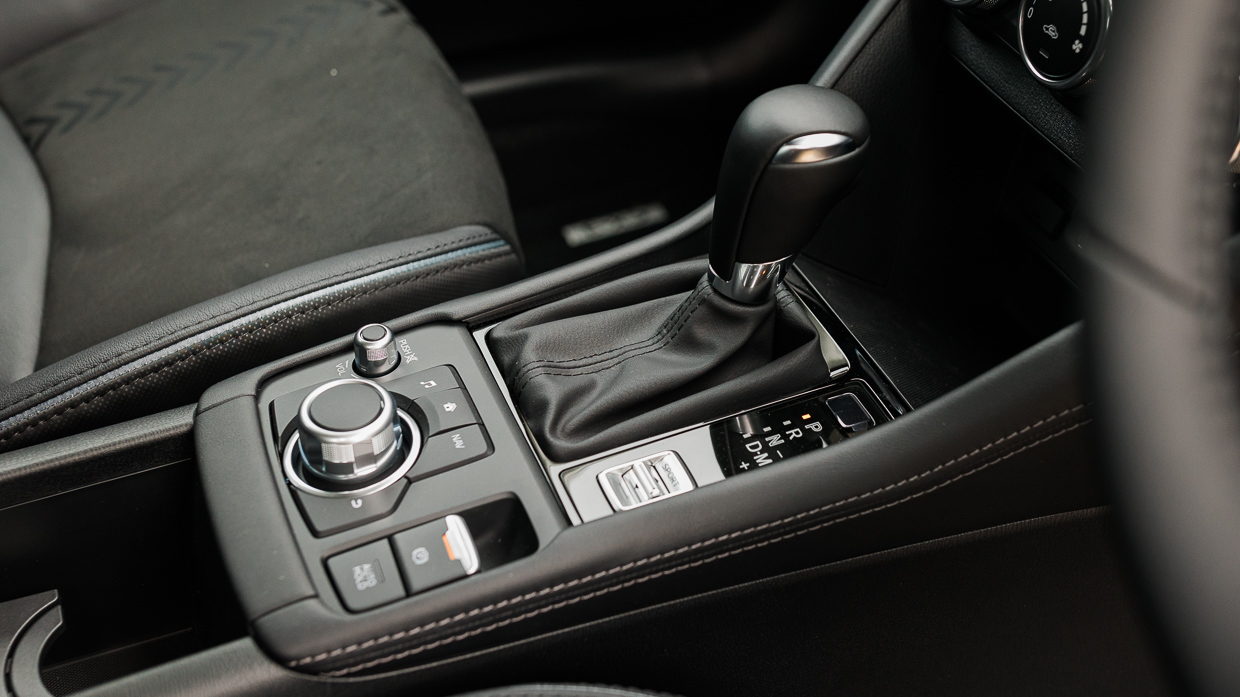
All else is a study in common sense controls: the gear shifter, simple climate control, analogue gauges, beautiful-feeling leather steering wheel and proper buttons. Live with this CX-3 and it’s a reminder how many modern cars have unnecessarily over-complicated their cockpits.
But does it feel luxurious? The CX-3 Touring SP can’t fully hide its budget origins, but the power, memory and leathery seats add a modicum of specialness.
The CX-3 hasn’t been crash tested since 2015, meaning its former ANCAP 5 star rating expired in December 2022. Therefore it’s currently unrated.
Positively, the 2015 test yielded impressive crash structure and airbag effectiveness across the board, although parameters were less strict than current testing.
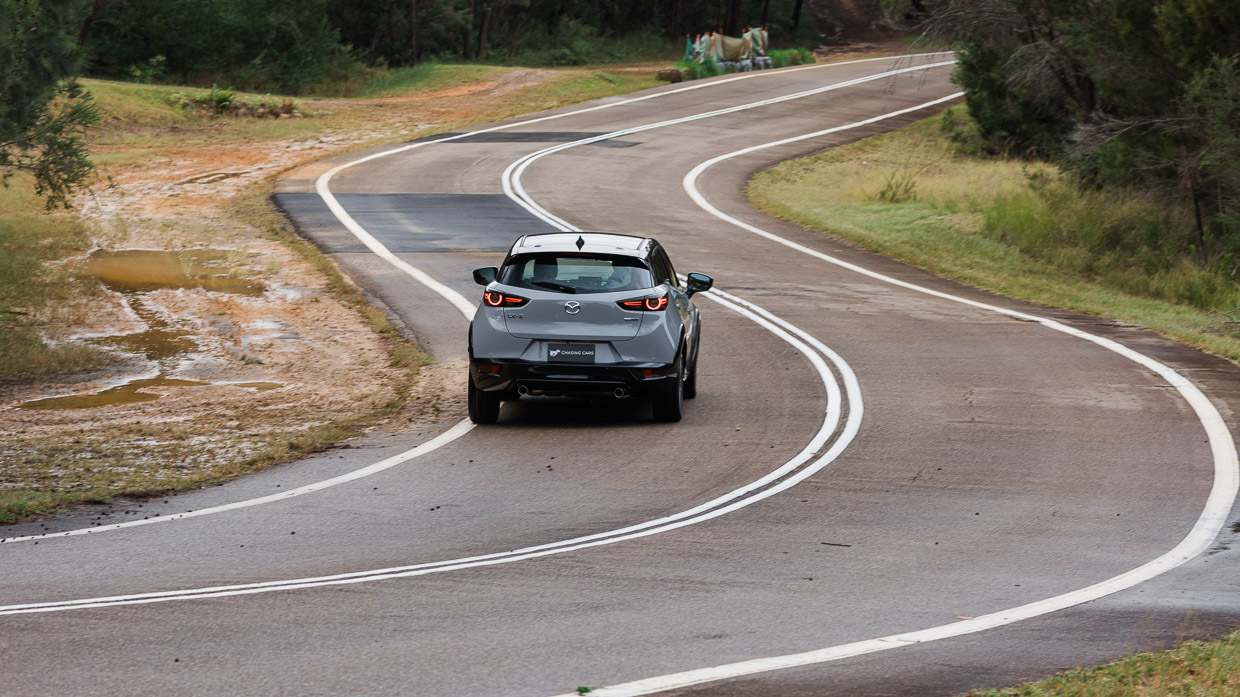
Credit to Mazda, it has included on all CX-3s the active safety kit most drivers find useful and non-invasive. Unlike other brands, there’s no nannying lane keep assist, but there is the stuff you really want like blind spot monitor, rear cross traffic alert and AEB front and rear.
Standard safety kit on all models includes:
The CX-3 Pure adds lane departure warning and driver attention alert; the Evolve then adds front parking sensors; our Touring SP brings radar cruise control and traffic sign recognition; then range-topping Akari has the birds-eye view monitor – it’s effective, although the screen definition’s quite average.
No lane keep assist on any grade would be punished by ANCAP in 2024 (so would no central airbag), but not having beeps and constant tugging on the steering wheel – like a modern Hyundai or Kia – is a blessed relief.
Little the car may be, but ownership costs look big.
For starters, the CX-3’s 2.0-litre naturally aspirated engine’s thirsty next to the more frugal small turbocharged or hybrid powertrains we’ve grown accustomed to.
The official economy’s 6.3L/100km, but our test over highway, backroads and in town returned a gulping 8.1L/100km. Wouldn’t this CX-3 suit a thrumming little turbo three-cylinder? Ideally hybridised like the Toyota Yaris Cross, which returns an achievable 3.8L/100km – about half the fuel use we managed in the CX-3.
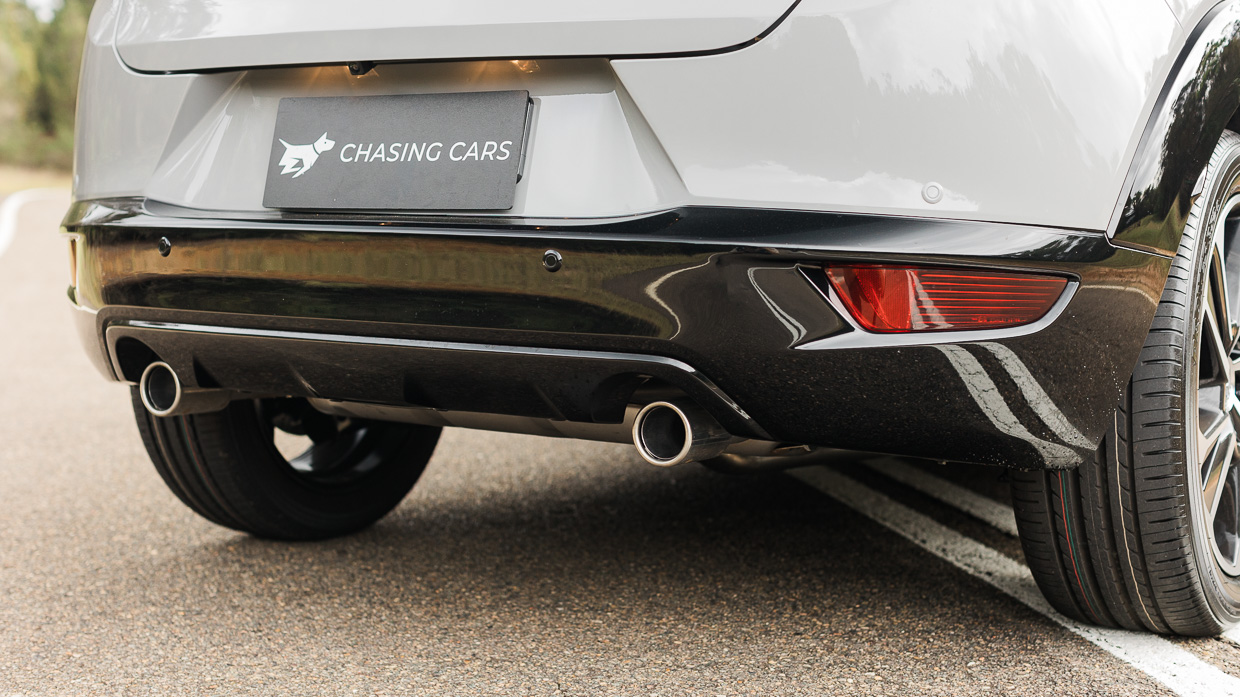
It’s hard not to compare servicing costs to the ever-cheap Toyota too. That Yaris Cross costs $1250 for five years/75,000km servicing, but our Mazda CX-3 is $2132 over the same period or distance.
Warranty’s an average for the industry five-years/unlimited kilometres, and thankfully the CX-3 only requires the cheaper 91 unleaded fuel.
Still a great little SUV to look at and steer in town or your favourite back road, but father time has caught up with the near decade-old CX-3.
The simple cabin will appeal to lovers of clean design and solid build quality, but the interior technology’s dated next to key competition, noise suppression isn’t on par with Mazda’s best efforts, and an expired ANCAP safety rating will concern some buyers.
Running costs – petrol and servicing – are too high: small hybrid or turbo engines sit better in city SUVs in 2024.
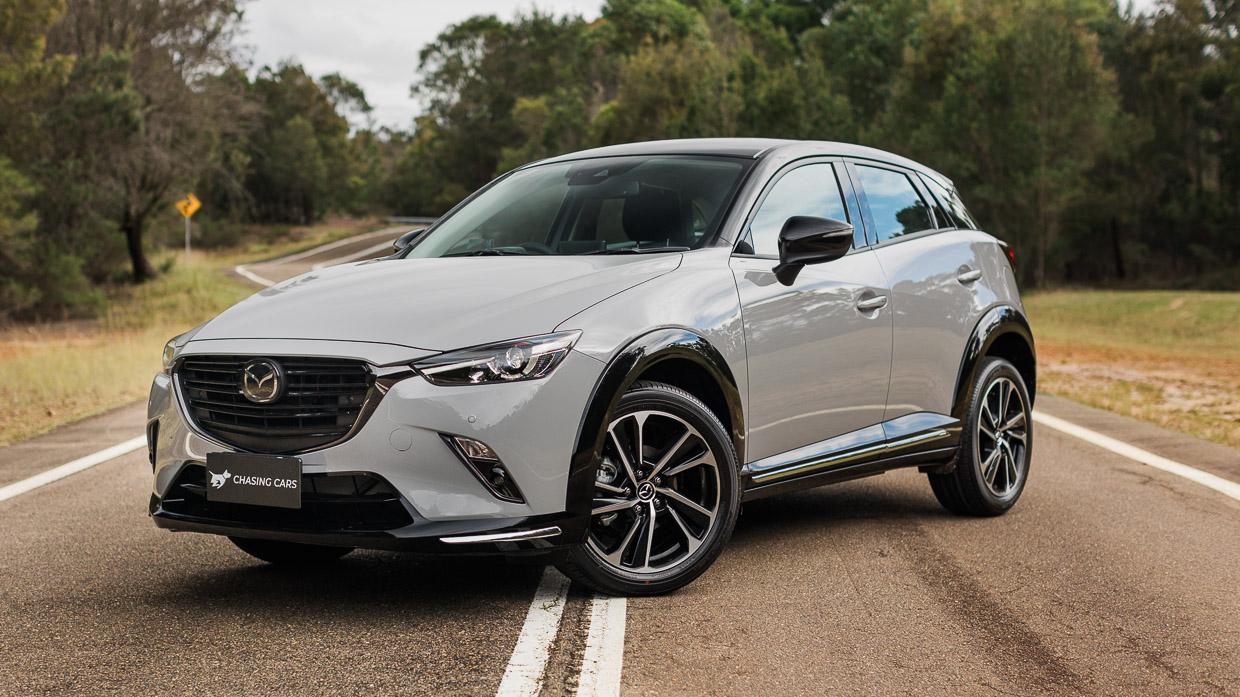
But it’s an honest little SUV that’s easy to drive, fun to punt through town and exudes solid engineering.
I’ve marked the Touring SP version a bit harsher than I would cheaper CX-3 grades – it just makes more sense at closer to $30,000. Sport and Pure grades have the key kit you need, and the Touring SP just feels too pricey considering what Mazda and other brands offer for almost $40,000 drive-away.
But if you demand some luxury trimmings in a competent little city SUV, the CX-3 Touring SP’s a decent shout, and a smarter pick than the $4500 pricier Akari range-topper.
Key specs (as tested)
About Chasing cars
Chasing Cars reviews are 100% independent.
Because we are powered by Budget Direct Insurance, we don’t receive advertising or sales revenue from car manufacturers.
We’re truly independent – giving you Australia’s best car reviews.
The estimate provided does not take into account your personal circumstances but is intended to give a general indication of the cost of insurance, in order to obtain a complete quote, please visit www.budgetdirect.com.au. Estimate includes 15%^ online discount.
^Conditions Apply
Budget Direct Insurance arranged by Auto & General Services Pty Ltd ACN 003 617 909(AGS) AFSL 241 411, for and on behalf of the insurer, Auto & General Insurance Company Limited(ABN 42 111 586 353, AFSL 285 571).Because we don’t know your financial needs, we can’t advise you if this insurance will suit you. You should consider your needs and the Product Disclosure Statement before making a decision to buy insurance. Terms and conditions apply.
Indicative quote based on assumptions including postcode , 40 year old male with no offences, licence suspensions or claims in the last 5 years, a NCD Rating 1 and no younger drivers listed. White car, driven up to 10,000kms a year, unfinanced, with no modifications, factory options and/or non-standard accessories, private use only and garaged at night.
^Online Discounts Terms & Conditions
1. Discounts apply to the premium paid for a new Budget Direct Gold Comprehensive Car Insurance, Third Party Property Only or Third Party Property, Fire & Theft Insurance policy initiated online on or after 29 March 2017. Discounts do not apply to optional Roadside Assistance.
2. Discounts do not apply to any renewal offer of insurance.
3. Discounts only apply to the insurance portion of the premium. Discounts are applied before government charges, taxes, levies and fees, including instalment processing fees (as applicable). The full extent of discounts may therefore be impacted.
4. We reserve the right to change the offer without notice.